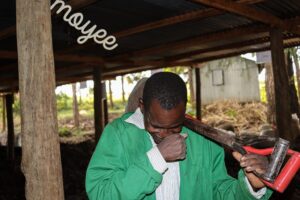
Biocompost: Boosting farmers’ incomes while cutting CO₂
Sander gives us some insider information about the biocompost project. That means: more sustainability, better soil health and less CO2!
The use of data is key in Western businesses, but it’s just as crucial in the coffee forests of East Africa! Since 2017, Moyee has been actively collecting and analyzing data to gain deeper insights into harvests—from yields and quality to the economic and environmental impact on farmers and forests.
These insights are essential. Understanding production capacity, income potential, and sustainability challenges allows us to create better opportunities for farmers, improve coffee quality, and protect the forests that make coffee possible.
Get ready for the nitty-gritty as we chat with Abel Ketema, Digitalization and Data Manager at FairChain. He shares an update on the latest harvest, the progress of digitalization, and how data is shaping the future of coffee farming in Ethiopia.
ABEL: “My job is literally to bring coffee farming into the digital age. This means ensuring we have data on every single coffee tree, every farmer, and every harvest. We track everything—how much coffee is picked, who picks it, and the exact location where it is harvested. We even map each tree, noting it’s planting year, health, and precise location. It’s my responsibility to ensure all this data is accurate and actionable so we can pay workers fairly, improve our yields, and comply fully with the new EU regulations on traceability, including the rigorous Regulation on Deforestation-free Products (EUDR) that takes effect next year. In short, if there’s data on the farm, I’m the guy who ensures it’s captured and utilized effectively.”
ABEL: “Honestly, this season was not great. The harvest began around July 2024 and ended in early February. Normally, we expect a good yield, but the weather was completely unpredictable this year. When the coffee trees needed rain, there was none. Then, when they needed dry conditions, it wouldn’t stop raining. This disrupted the flowering and fruit development, leading to a smaller harvest than we had hoped for. It wasn’t just our farms—coffee farms across Ethiopia struggled. The reduced supply also drove coffee prices up. The good news is that next year’s harvest is looking very promising.”
ABEL: “Absolutely. The weather is becoming more unpredictable each year. During the last harvest, excessive rain caused cherries to drop prematurely. In some areas, it even snowed—something I never thought I’d see in Ethiopia. Such extreme weather can devastate coffee crops. However, the past two months have been dry, which is actually beneficial for coffee trees. They are flowering well, and agronomists are optimistic about a bumper harvest next season. So, fingers crossed!”
ABEL: “We’re integrating technology into coffee farming in a big way and have been doing so for several years. For instance, we map all our coffee trees, recording when and where they were planted. This allows us to track productivity accurately. So far, we’ve mapped over 90,000 coffee trees. We also track harvests meticulously, recording each farmer’s yield digitally to ensure accurate payments without mistakes. Additionally, we’ve mapped all our outgrowers—farmers whose plots border our own and from whom we buy beans. This is crucial for complying with the EUDR, which requires us to trace every coffee bean’s origin.”
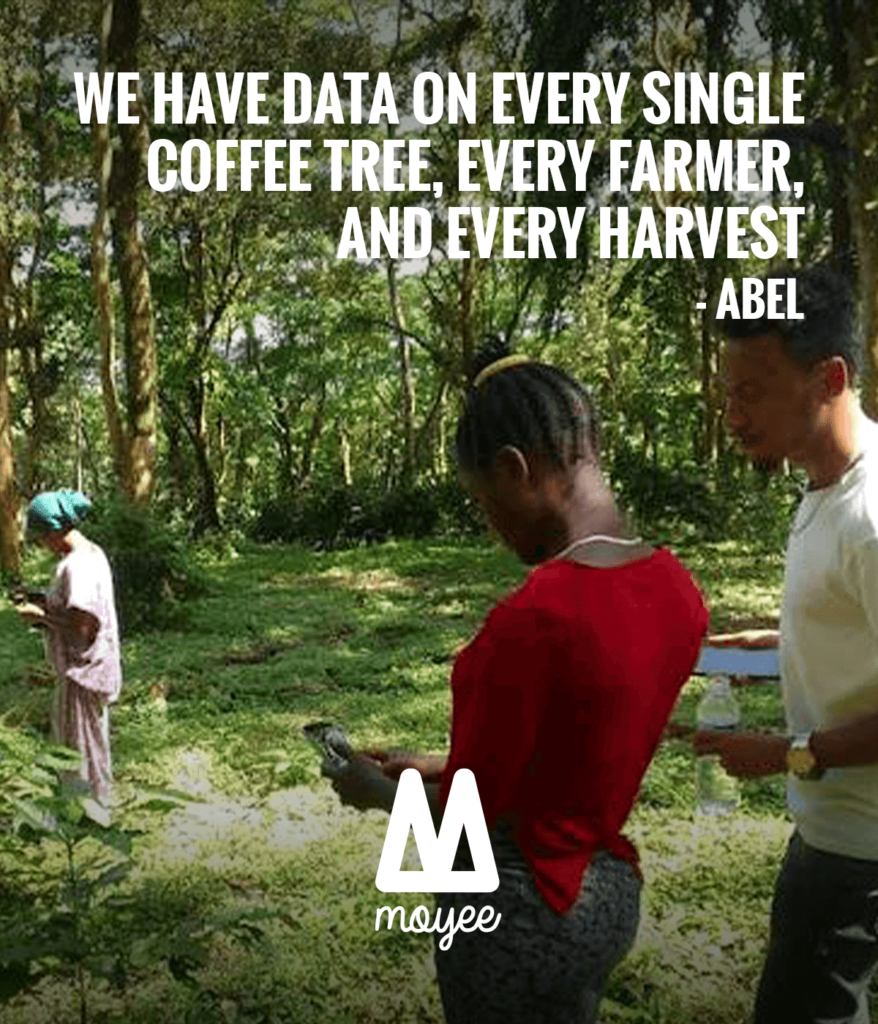
ABEL: “It’s all about streamlining payroll and ensuring that farmers are paid fairly and promptly. Our farmers get paid based on real-time data, allowing them to see their yields and payments instantly—eliminating any confusion. This system is far more efficient than the old paper-based methods. It also ensures fair pay because everything is transparent and traceable.”
ABEL: “Yes, definitely. In fact, many workers on our farms earn more than public sector employees in Ethiopia. Payday was just a few days ago, and I saw many farmers walk away with five to six times what a typical government worker might earn in the same period. With smart financial management, they can build a good life. Of course, personal finance plays a role—some manage their money better than others—but overall, the wages are more than sufficient for a decent living in these rural areas.”
ABEL: “Our farms use a forest-based coffee system, where coffee grows under the shade of larger trees. This approach is beneficial for several reasons: the trees protect the coffee plants from extreme weather, help maintain biodiversity, keep the soil healthy, and improve coffee quality, as shade-grown beans tend to have richer flavors. Managing tree density is key, and we rely on data to do this effectively. If there’s too much shade, we remove some trees; if there’s too much sun, we plant more.”

ABEL: “We have a lot going on. Real-time dashboards are a big priority—I want to make sure all our farm data is instantly accessible to anyone who needs it. No complicated systems—just one click to see everything. Another big focus is coffee quality tracking. Right now, we only track the quantity of coffee harvested, but next year, we’re adding quality grading (Grade 1, Grade 2) at the farm level. We’re also expanding our digitalization efforts by bringing more farms and farmers into the system, ensuring every coffee bean is traceable. I’m really excited about these projects because they make life easier for farmers, workers, and even buyers. Plus, we’re going to need all these tools to handle what I hope will be a massive harvest next year. That’s what the agronomists are predicting, and we need to be ready for that.”
ABEL: “Right now, my main focus is connecting all farm data to a real-time dashboard. My goal is for anyone—from a farmer to a company executive—to click a link and instantly see how much coffee has been harvested, how many workers were paid, the quality of the coffee, and any other relevant information. No more complex software or endless file searches—just simple, fast, and easy access to the right data. That, plus preparing for what might be our biggest harvest yet, is keeping me pretty busy!”
ABEL: “Honestly, I’m really excited about what we’re building here. The way we’re using technology to improve coffee farming is something I don’t see happening in many other places.”
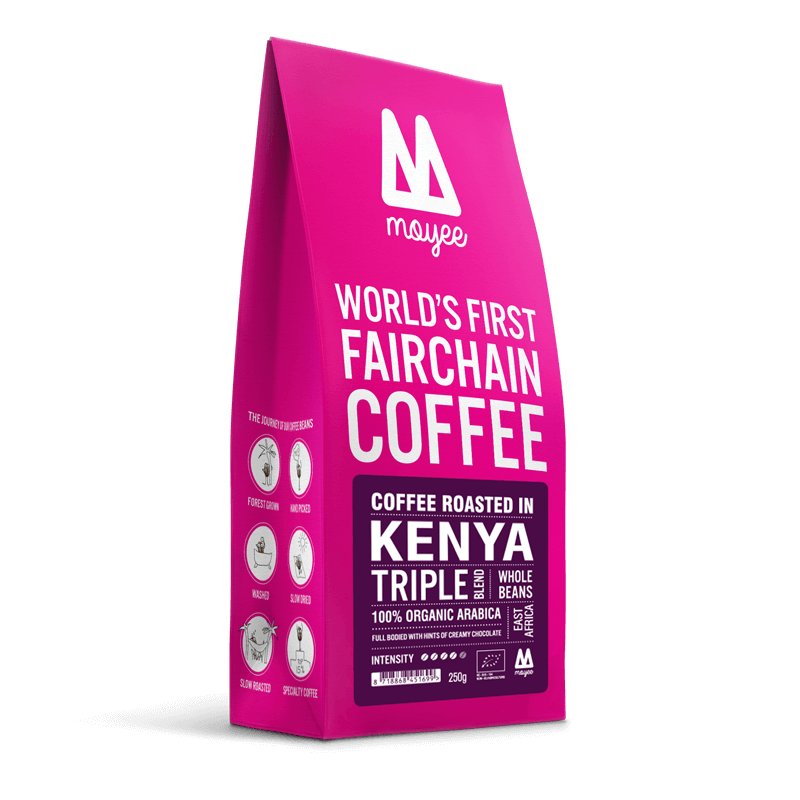
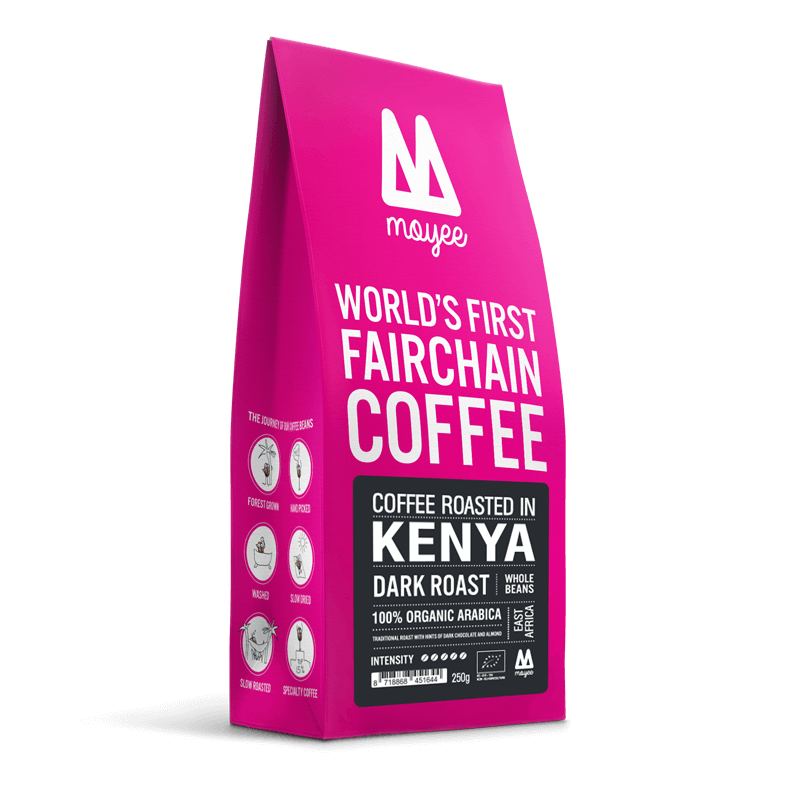

Sander gives us some insider information about the biocompost project. That means: more sustainability, better soil health and less CO2!
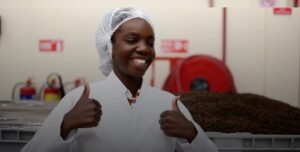
Tess gives us a New Year’s update from our roastery in Nairobi, Kenya. Think factory challenges, a new café and personal accomplishments!
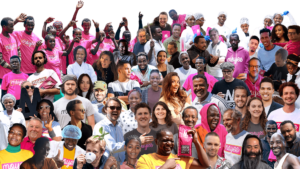
Wij hebben behoorlijk wat bereikt met z’n allen in 2024. Hier alle impact-feitjes op een rij. Bedankt he!
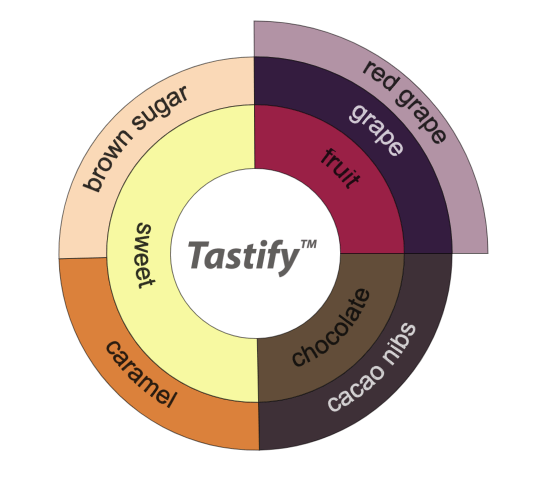
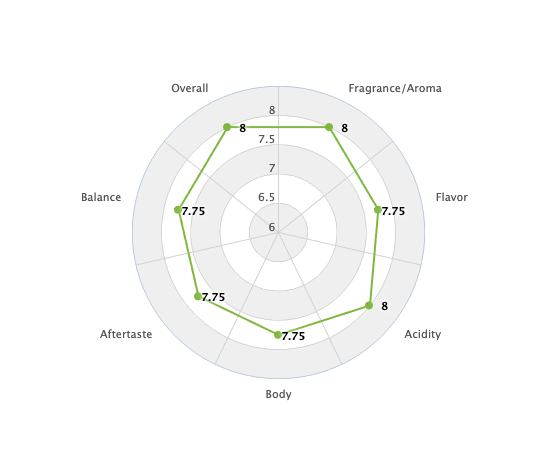
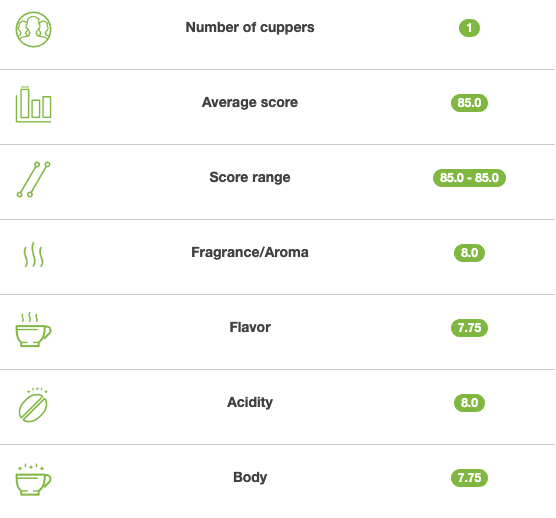
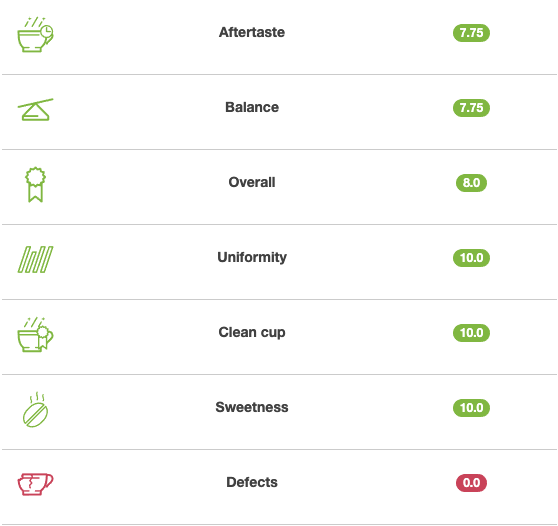
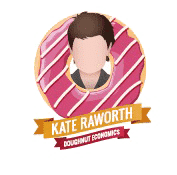 Our website uses cookies 🍪 but actually our model is a doughnut! 🍩 We'll assume you're ok with us using cookies to improve your browsing experience, but you can opt-out via thePrivacy Policypage if you wish.
Our website uses cookies 🍪 but actually our model is a doughnut! 🍩 We'll assume you're ok with us using cookies to improve your browsing experience, but you can opt-out via thePrivacy Policypage if you wish.